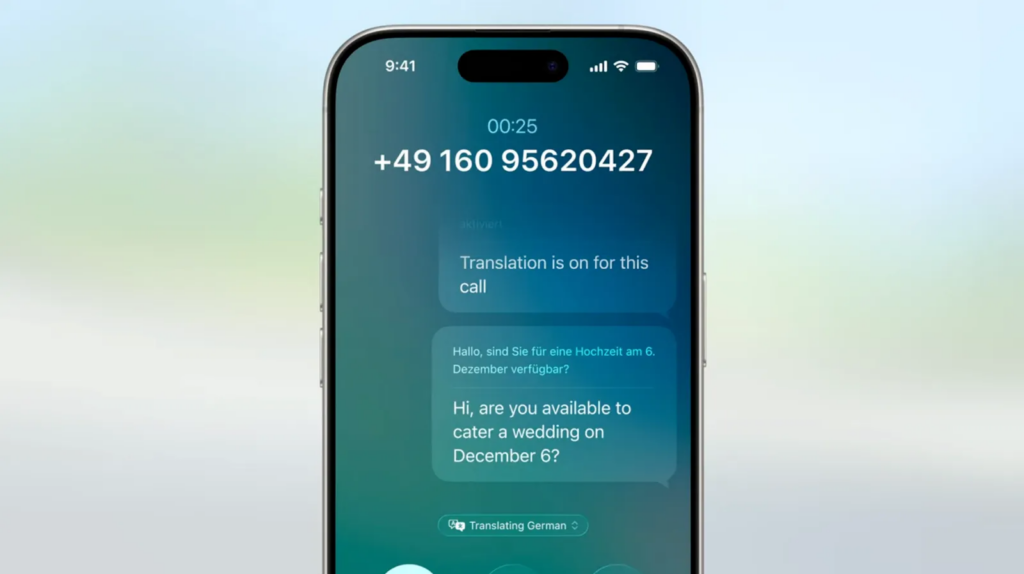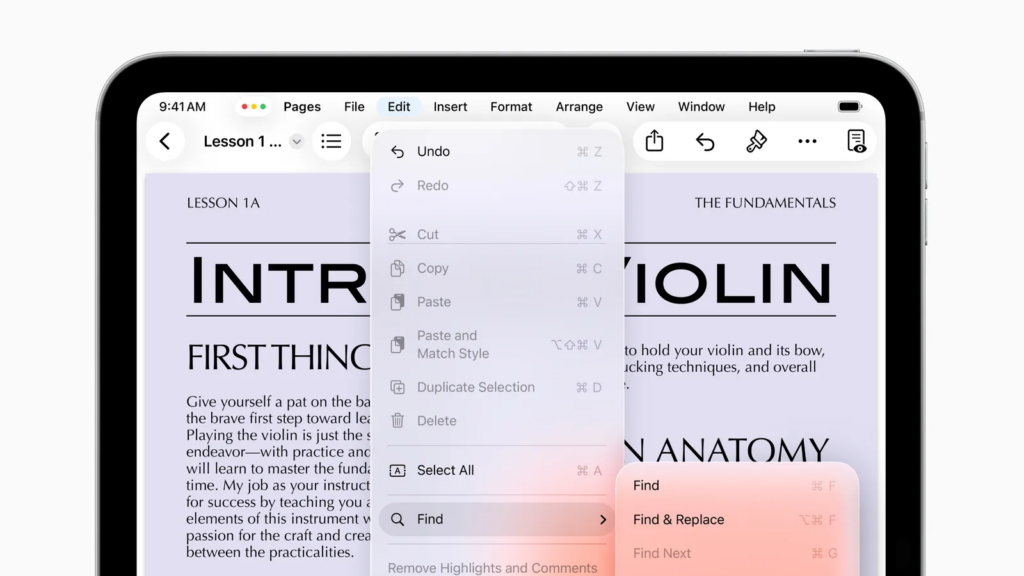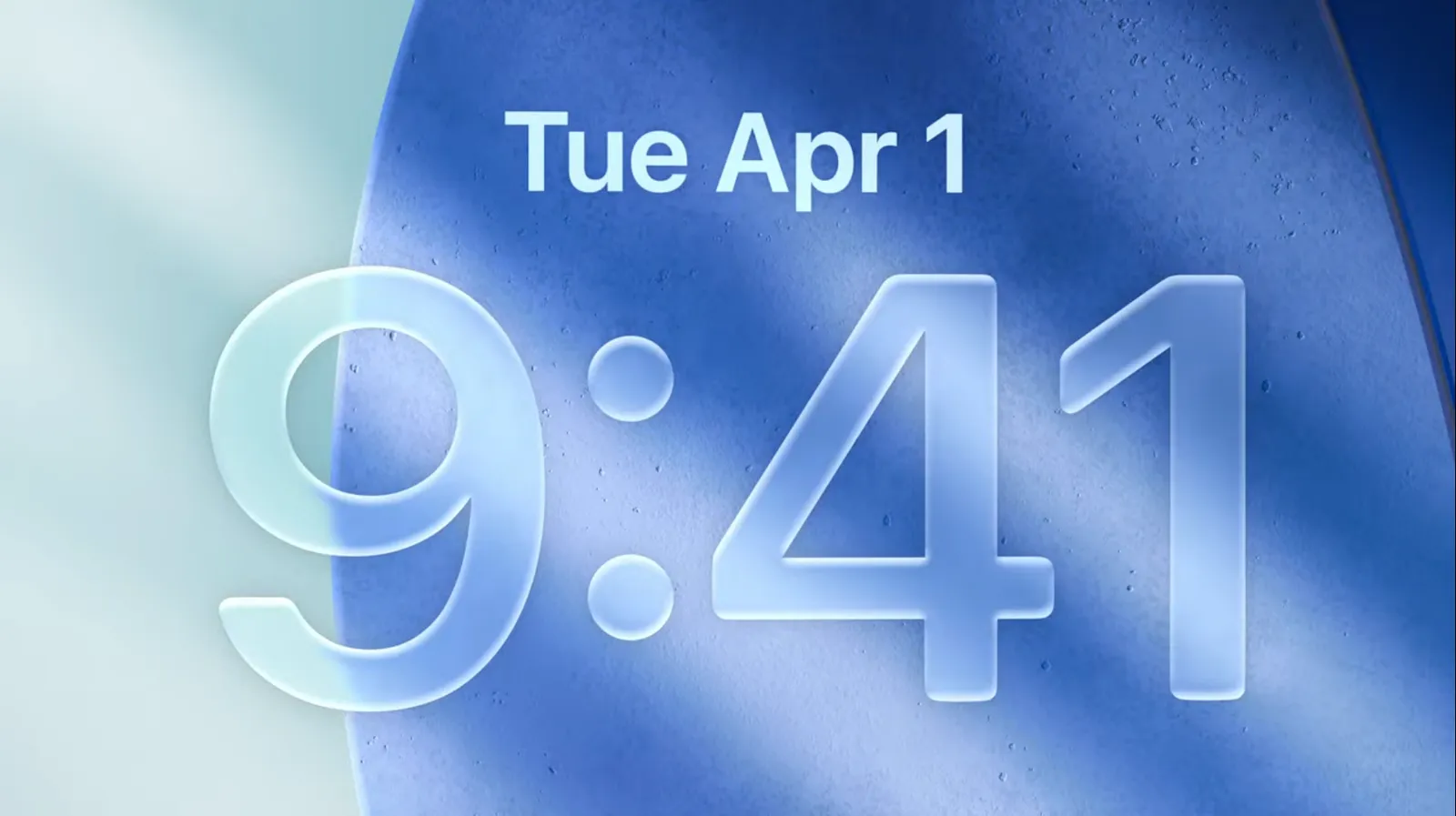Apple’s Worldwide Developers Conference (WWDC) 2025 was less about spectacle and more about substance, and for once, the stars weren’t just new devices. Instead, Apple unveiled a major system-wide design refresh, opened up powerful on-device AI tools, and laid down a clear vision for a more intelligent, more unified ecosystem.
With all eyes on how Apple would respond to competitors like Google and OpenAI, WWDC 2025 confirmed one thing: Apple is playing the long game in AI and wants developers to build the future, not just watch it happen.
Here’s a breakdown of the most important updates, what they mean for global tech, and why founders, operators, and investors in Africa should be paying close attention.
New Look, A New Era: The “Liquid Glass” Design
For the first time in over a decade, Apple has completely overhauled the visual identity of its operating systems. Dubbed Liquid Glass, this new design language introduces translucent surfaces, fluid animations, and more circular icons across iOS 26, macOS 26 (“Tahoe”), watchOS 26, and more.
“We believe in beauty, simplicity, and clarity,” said Alan Dye, Apple’s VP of Human Interface. “Liquid Glass is a reinvention of how users experience our devices — and how developers can express creativity.”
For developers, it means design guidelines are changing, and apps that feel native will need updates.
Apple Intelligence: On-Device AI That Stays Private
Apple finally joined the AI race with its take on LLMs — but in classic Apple fashion, privacy came first.
Using a new Foundation Models framework, Apple is enabling on-device large language models that power features like live translation during calls, AI-assisted email replies, and context-aware suggestions in Messages.
Unlike cloud-first AI from rivals, Apple’s approach works without constant internet access, which is a game-changer in bandwidth-constrained markets.
“This is intelligence that understands you, without exploiting you,” said Craig Federighi, SVP of Software Engineering. “It’s AI on your terms.”
Developers can now build AI apps that work offline, or that don’t rely on costly server infrastructure — ideal for regions with spotty connectivity.
One Version to Rule Them All
In a move to unify its ecosystem, Apple announced that all platforms will now use calendar-based version numbers — iOS 26, macOS 26, etc.
It might seem small, but this simplifies how updates are rolled out and understood across devices. For developers, it reduces confusion around version support.
Messages, Phone, and FaceTime get smarter

Apple’s most-used apps — Phone, Messages, and FaceTime — all got meaningful upgrades:
- Live Translation: Real-time translation during calls, available even to Android users.
- Message Polls & Themes: Group chats become more interactive and fun.
- Spam Call Detection: Smart filters now auto-block fraud and marketing calls.
AirPods & Apple Watch: Beyond Fitness, Into Utility
AirPods and Apple Watch updates show Apple’s commitment to turning accessories into intelligent companions:
- Tap to Control Camera: Use your AirPods to take hands-free photos — useful for creators and vloggers.
- Sleep Pause for Audio: Auto-pauses playback when you fall asleep.
- AI Workout Buddy: watchOS 26 introduces an AI coach that learns your routine and gives real-time advice.
A new Games App and revamped tvOS
Goodbye, Game Centre. Hello, Games — a new standalone hub for Apple Arcade, social gaming, and discovery.
On tvOS, Apple introduced a dynamic UI with translucent layers, immersive transitions, and smoother app switching.
iPad Grows Up
In a move long anticipated by power users, iPadOS 26 introduces true window management that mirrors macOS. With a connected keyboard, the iPad now reveals a top menu bar, complete with File, Edit, and View dropdowns—bringing a desktop-like workflow to the iPad. Users can freely move, resize, and layer multiple app windows, breaking free from the rigid multitasking of earlier versions. Stage Manager has also matured, letting users precisely arrange their workspace with overlapping windows.

Vision Pro get a few tweaks

VisionOS 26 introduces spatial widgets that persistently reside in your physical space—whether it’s a clock, weather forecast, music controls, or a favourite photo gallery. These widgets maintain their exact placement every time the headset is worn, offering a deeply immersive and personalised experience.
The new vision OS also simplifies navigation with Look to Scroll—letting users scroll content or browse simply by gaze, with custom speed control. It also brings PlayStation VR2 Sense controller integration, unlocking gaming experiences with advanced haptics and motion controls.
Intelligent Shortcuts & AI Actions on macOS
In macOS 26 (“Tahoe”), Apple introduced AI-powered Spotlight and Shortcuts enhancements. Spotlight now offers intelligent actions (like summarising or sending messages), while Shortcuts can string together multi‑step automations—such as emailing a report or scheduling a call—all via AI prompts. This helps power users and enterprises streamline routine tasks.
Get passive updates on African tech & startups
View and choose the stories to interact with on our WhatsApp Channel
Explore




